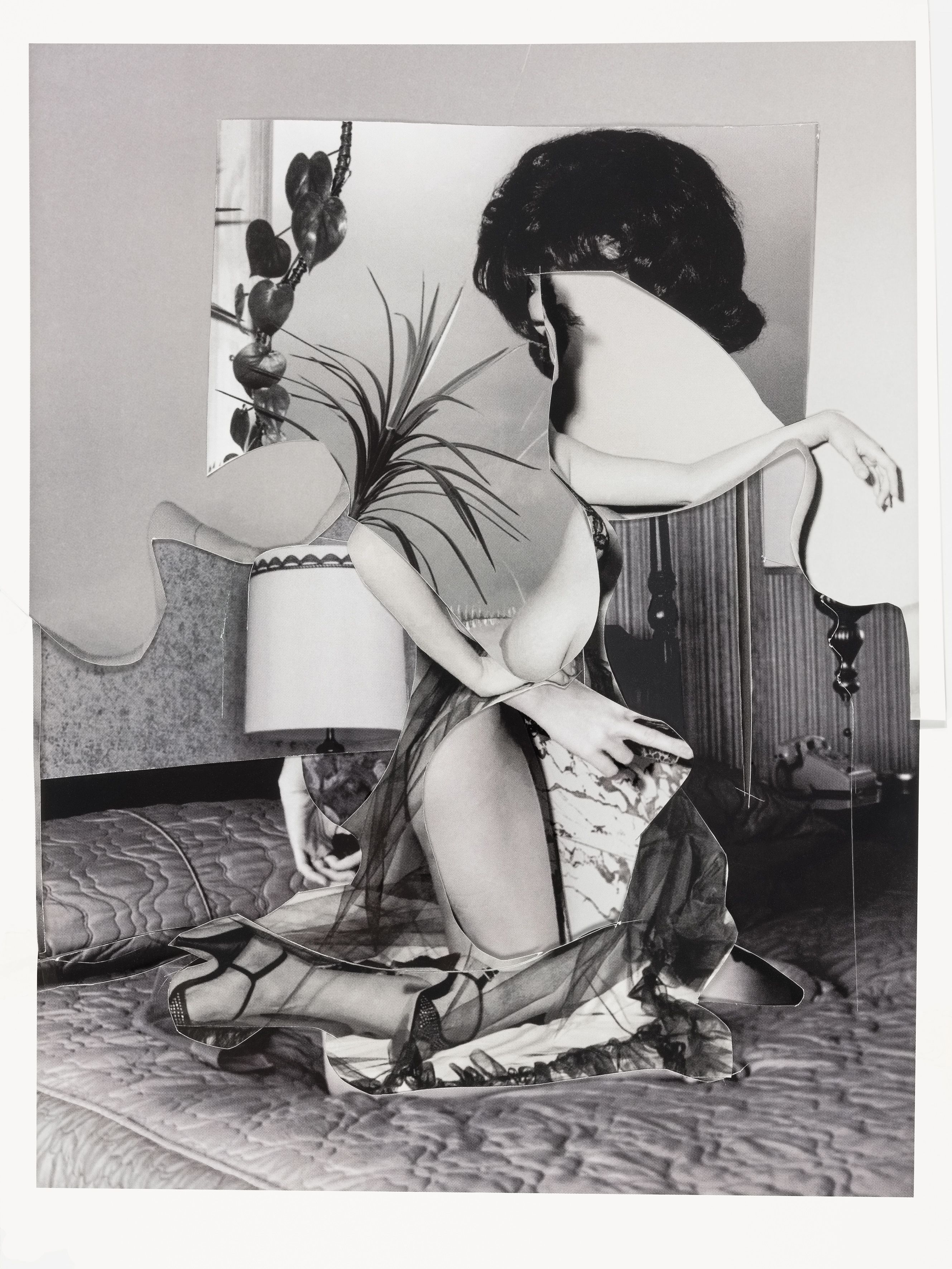05 june 2023, Flor Linckens
Last chance: The impact of black and white photography in The Ravestijn Gallery
Until 10 June, The Ravestijn Gallery in Amsterdam is presenting a group exhibition that showcases the diversity within black and white photography. Fifteen international artists and artist duos offer a unique view of the photography form, which is considered by some to be the purest form of photography. At the same time, the exhibition as a whole aims to spark a conversation about the role of AI in photography. Part of the exhibition is the already famous AI-generated image that earned the German artist Boris Eldagsen a Sony World Photography Award 2023 — which he incidentally declined. In a news cycle in which new technologies seem to be taking center stage, The Ravestijn Gallery seems to take a moment to pause: to show that although many photographers experiment with new techniques, there are also many artists who renew and revitalise traditions in black-and-white photography.
Looking at a photo that is devoid of colour can be an exercise in observing light, shadow, tone, contrast, and composition — rather than simply relying on the visual appeal of colour. For example, without the distraction of colour, black and white photography puts more emphasis on the shapes and textures within an image. Contrasts are highlighted, bringing out the structural elements of the composition. By eliminating colour, small details that would otherwise be overlooked can stand out. Fine lines, patterns and textures that change the overall impact of the image. Black and white photography also has a certain timeless quality. Colours can date a photo immensely because of the distinctive colour scheme of a certain time period; just think of the saturated colours of the 1970s.
The exhibition in The Ravestijn Gallery includes work by the award-winning Dutch photographer Robin de Puy. She tries to share her own story through the faces of others. Her works often include intimate portraits that also reveal certain vulnerabilities and imperfections. In an interview with Saskia Aukema, De Puy said: “Ultimately it's all about a level of recognition. That I see something of myself in someone.”
American photographer Michael Bailey-Gates plays with the normative and conditioned ways in which we as a society view gender, and offers us an alternative instead; an intimate world in which we can look in a much freer and more limitless way at gender, identity and sexuality, terms that do not have to carry static meanings. Several of their works are on show in this exhibition.
The British artist KYoung also uses photographed collage as a medium to deconstruct identity and gender roles. They mainly show young female bodies, twisted and unrecognisable, seemingly merging with clothing and furniture. When the artist studied at Central Saint Martins in London, they became fascinated by the implicit and explicit ways in which meaning is conveyed, from semiotics to film theory.
The Dutch artist duo Blommers & Schumm (which consists of Anuschka Blommers and Niels Schumm) shows a unique portrait style in this exhibition. They made a name for themselves in the fashion world and are known for their playful resistance to the traditional rules of portrait photography. Their work has appeared in publications including Fantastic Man, NY Times Magazine, The Gentlewoman, Self Service, Dazed & Confused, Purple and AnOther Mag.
The Danish photographer Asger Carlsen is known for his fascination with distorted human bodies, often executed in monochrome colours. The artist was only sixteen years old when he sold one of his photographs to a local newspaper. His career evolved and Carlsen spent some time as a crime-scene photographer and a commercial photographer. In 2006, during some casual experimentation on his computer, he was surprised by the result: an eerie face with multiple pairs of eyes. It would end up being the starting point of a more professional exploration of photographic distortions. The transformed people in his recent photographs have become unrecognisable and sculpture-like; they generally lack a face and their bodies feature unnatural shapes and poses. The photographer's goal is to deconstruct the common principles of photography.




